Description
Winner of the 2018 International Society for the Study of Trauma and Dissociation (ISSTD) Pierre Janet Writing Award.
A comprehensive treatment approach for the repair and resolution of attachment disturbances in adults, for use in clinical settings.
With contributions by Paula Morgan-Johnson, Paula Sacks, Caroline R. Baltzer, James Hickey, Andrea Cole, Jan Bloom, and Deirdre Fay.Attachment Disturbances in Adults is a landmark resource for (1) understanding attachment, its development, and the most clinically relevant findings from attachment research, and (2) using this understanding to inform systematic, comprehensive, and clinically effective and efficient treatment of attachment disturbances in adults.
It offers an innovative therapeutic model and set of methods for treating adult patients with dismissing, anxious-preoccupied, or disorganized attachment. In rich detail, it integrates historical and leading-edge attachment research into practical, effective treatment protocols for each type of insecure attachment. Case transcripts and many sample therapist phrasings illustrate how to apply the methods in practice.
Part I, “Foundational Concepts,” features a comprehensive overview of the field of attachment, including its history, seminal ideas, and existing knowledge about the development of attachment bonds and behaviors.
Part II, “Assessment,” addresses the assessment of attachment disturbances. It includes an overview of attachment assessment for the clinician and a trove of practical recommendations for assessing patients’ attachment behavior and status both outside of and within the therapeutic relationship.
In Part III, “Treatment,” the authors not only review existing treatment approaches for attachment disorders in adults, but also introduce an unprecedented, powerful new treatment method. This method, the “Three Pillars” model, is built on three essential clinical ingredients:
Systematically utilizing ideal parent figure imagery to develop a new positive, stable internal working model of secure attachment
Fostering a range of metacognitive skills
Fostering nonverbal and verbal collaborative behavior in treatment
Used together, these interdependent pillars form a unified and profoundly effective method of treatment for attachment disturbances in adults―a must for any clinician.
In Part IV, “Type-Specific Treatment,” readers will learn specific variations of the three treatment pillars to maximize efficacy with each type of insecure attachment.
Finally, Part V, “A Treatment Guide and Expected Outcomes,” describes treatment in a step-by-step format and provides a success-assessment guide for the Three Pillars approach.
This book is a comprehensive educational resource and a deeply practical clinical guide. It offers clinicians a complete set of tools for effective and efficient treatment of adult patients with attachment disturbances.

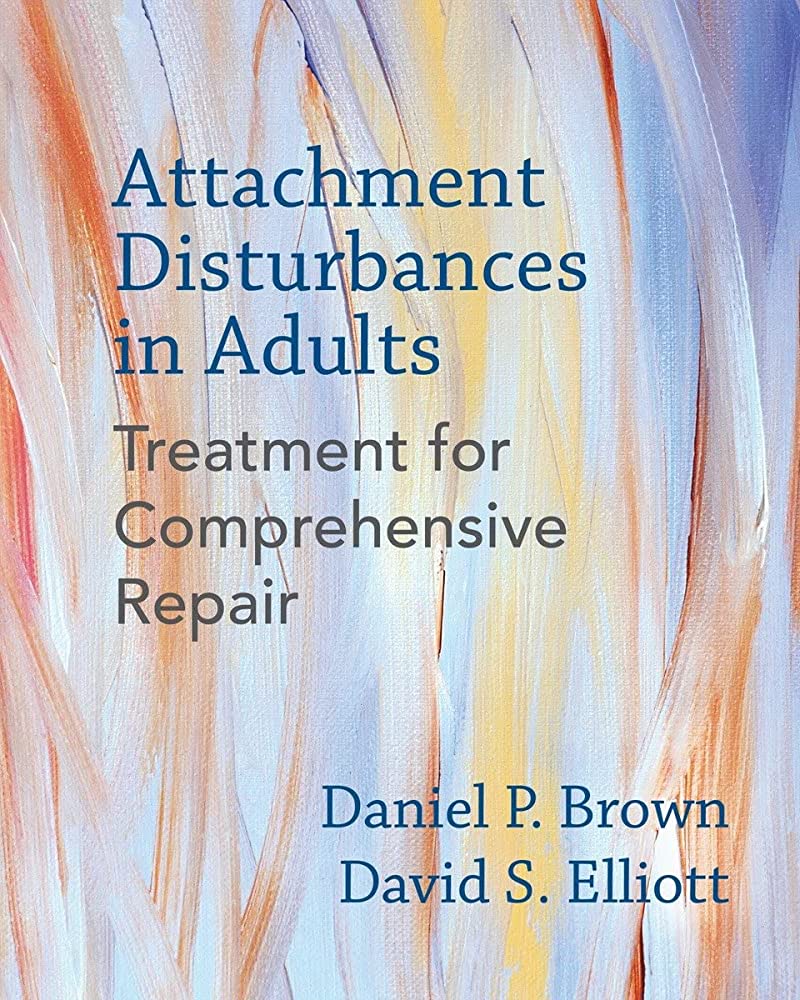




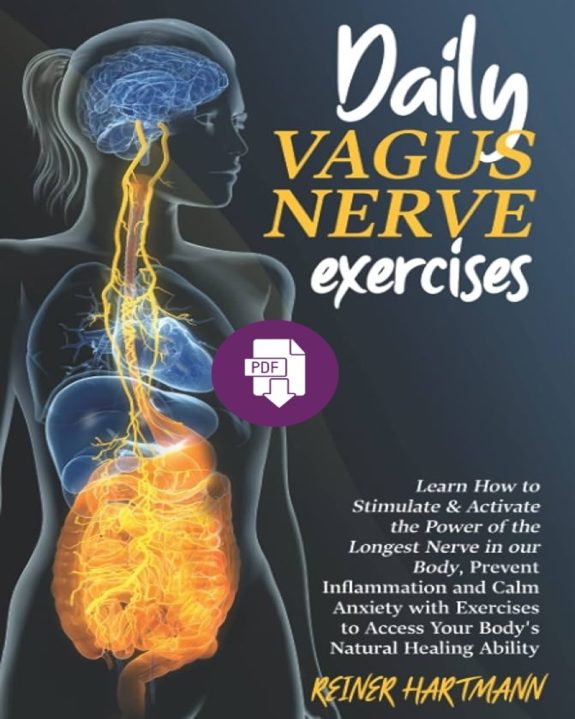



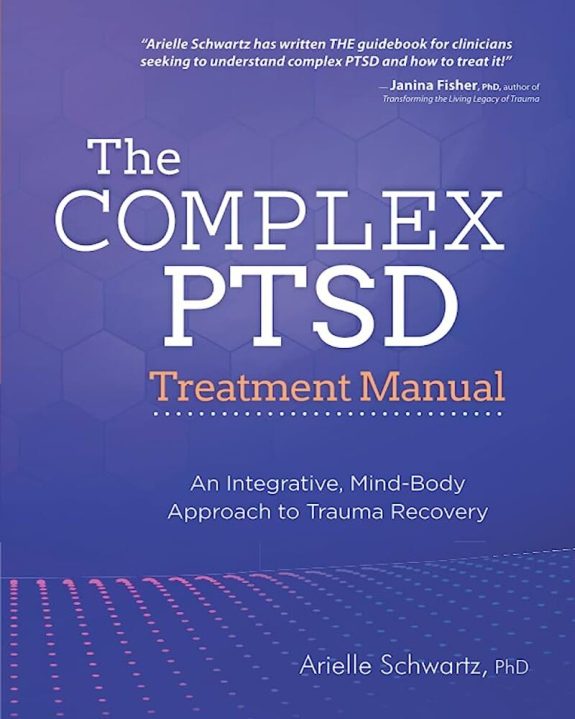

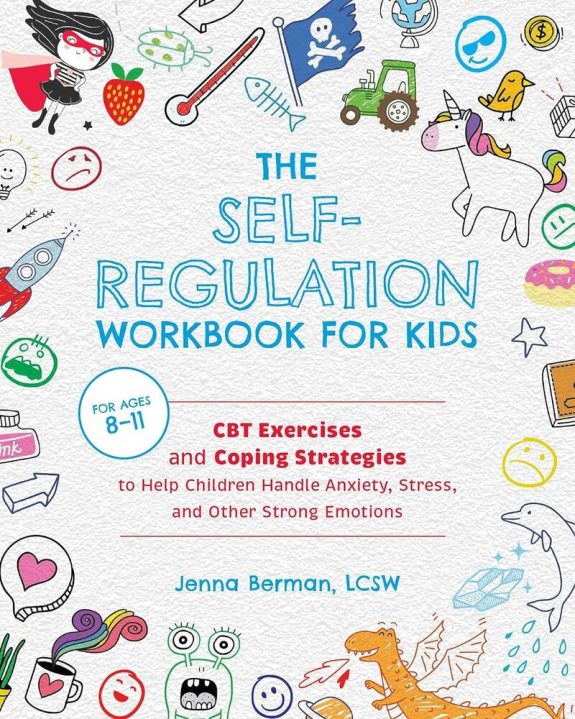

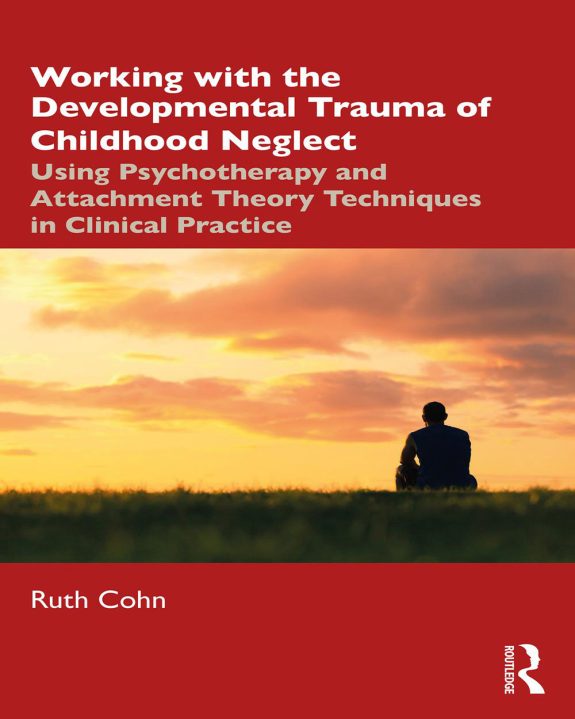
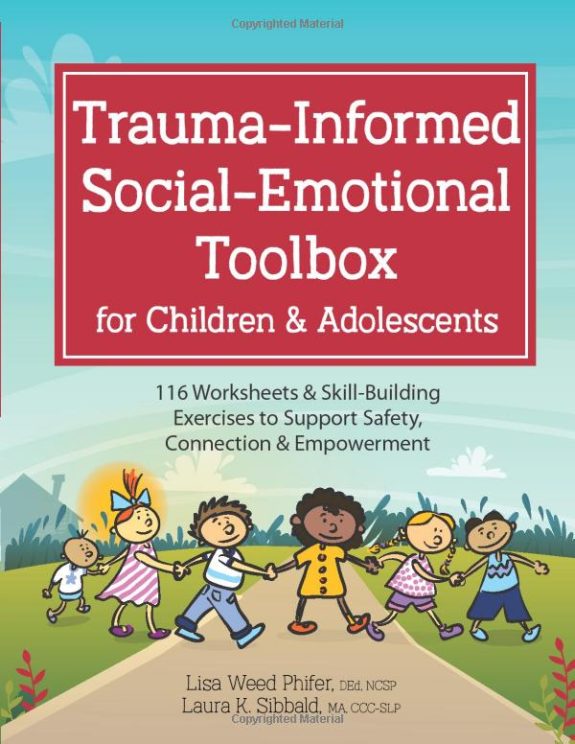


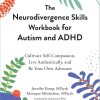
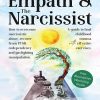
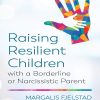
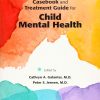
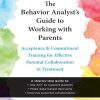
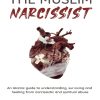

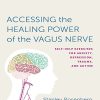
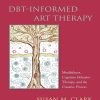
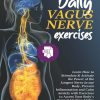
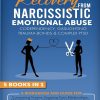



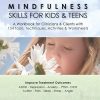
This is a true find for anyone who is interested/finds meaning in the concept of attachment. It’s a valuable resource and so rich that I see it as a necessary reference tool. Wish there were yearly updates.
This is not light reading, but it is an excellent resource.
I’ve read a few attachment books, done workshops both couples workshops and trainings as a therapist, and this is by far the best resource for attachment I have come across. In a book study and course right now learning to both practice it myself and facilitate it with clients.
Another therapist suggested this book to me, after I had questions on attachment theory. It’s very well detailed and breaks down how attachment theory was developed. It also goes into treatment recommendations for the therapist and client based upon attachment issues. It also explains how to assess for insecure & secure attachment. Really recommend.
The length for some may be intimidating–like The Iliad level intimidation factor.
After finding Dr. Brown while listening to an amazing interview and podcast, I dove right in. So much makes sense. Why are therapists using EMDR ( some improperly) as the new thing to attempt to heal trauma? Dan addresses reasons why interventions do not work without digging in first to the bone. Attachment trauma, relational trauma, attunement, formation of the various systems in the body– how can you do therapy without addressing the foundational hurts?
Time to rethink things.
Telling your patients to read the Enneagram or Women Who Runs With Wolves– not cutting the mustard